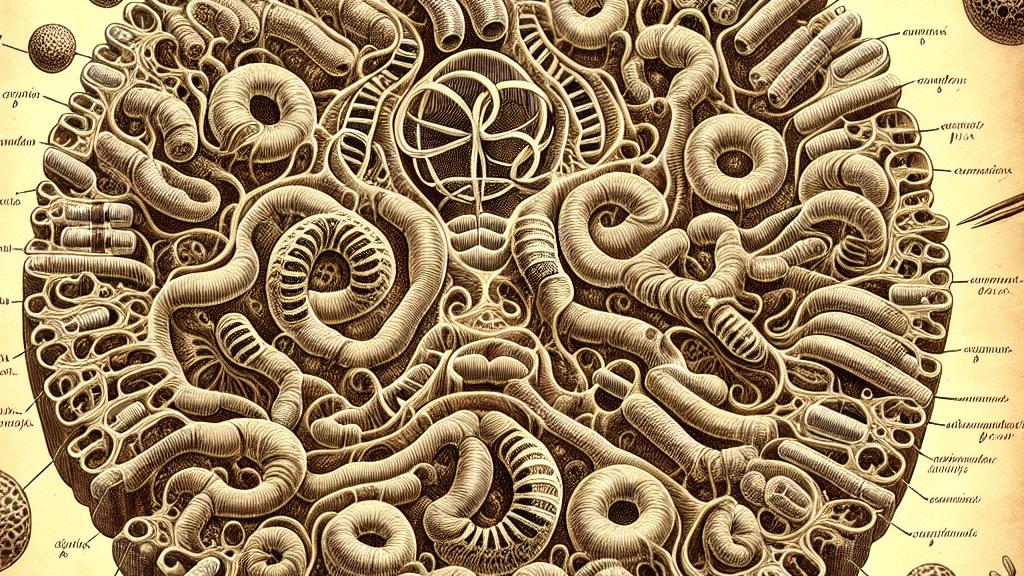Understanding How Centromeres Evolve Quickly
Overview
- Dive into the intricate mechanisms behind centromere evolution.
- Uncover how retrotransposons drive centromere diversity.
- Discover the cutting-edge advancements in sequencing technology.

What Are Centromeres?
Centromeres are the unsung heroes of chromosomes; they ensure accurate segregation during cell division, acting like the pivotal waist that holds everything together. Remarkably, while they play a universal role across all eukaryotic organisms, centromeres exhibit a stunning variety in their DNA sequences. This intriguing phenomenon, often referred to as the 'centromere paradox,' prompts a crucial question: how can such an essential structure be so diverse? Understanding this paradox not only highlights the complexity of genetics but also paves the way for discovering new evolutionary principles.
Jumping Genes: The Role of Retrotransposons
Recent investigations led by researchers from the University of Tokyo have turned the spotlight on retrotransposons—genetic elements that behave like energetic jumping beans within the genome. A prime example is Arabidopsis lyrata, where retrotransposons like Tal1 and EVD display a remarkable affinity for centromeres. This isn’t merely quirky behavior; these insertions can significantly impact the evolutionary speed of centromeres. They contribute to genetic variations that enhance a species' adaptability. Imagine living in a world where your DNA is constantly reshaping itself to meet ecological challenges—that's what retrotransposons facilitate!
Why Centromeres Matter in Evolution
The importance of centromeres in evolution extends far beyond basic function. They play a critical role in ensuring genetic material is accurately distributed during cell division, a cornerstone of biological life. However, their astonishing adaptability through processes like retrotransposon insertions adds a fascinating dimension. Studies demonstrate that these dynamic insertions can influence traits that are passed down to future generations, potentially redefining evolutionary paths. It’s akin to nature playing a perpetual game of roulette with genetic traits, reshuffling them to strive for enhanced survival and flourishing amidst environmental shifts.
Technological Advances in Research
Thanks to monumental advances in DNA sequencing technology, researchers can now unlock the mysteries of centromeres, which were once deemed unapproachable due to their complex repetitive structures. With the advent of innovative techniques like TEd-seq, scientists can precisely track where retrotransposons insert within centromeres, providing a vivid picture of their functionality. It's as if scientists were granted the ability to use a super-powered microscope, unveiling the intricate dance of genetic elements at play! This newfound clarity challenges previous assumptions and opens exciting avenues for exploring genetic diversity, evolution, and the very fabric of life itself.

Loading...